Drugmakers sprinting to develop Ebola vaccines face a series of technical hurdles if they are to get millions of doses ready for use next year - even assuming clinical trials are successful. The challenges include finding sufficient sterile capacity for filling and packaging finished vials, getting fast quality approvals from regulators, and building a supply chain in Africa for products that must be stored at minus 80 degrees Celsius.
With the World Health Organisation (WHO) now expecting vaccine efficacy trials to start in West Africa in December, a month earlier than anticipated, the development programme is clearly gaining momentum.
But industry executives, health experts and governments are still grappling with a host of issues - and some differences of opinion - on topics ranging from clinical trial design to factory biosafety levels, according to people who attended a high-level meeting of officials in Geneva last week.
"There is not a funding problem," said one person at the meeting. "The real issues are all around the practicalities."
Because it has proved so difficult to slow the world's worst Ebola epidemic, which has killed around half of the 10,000 officially reported cases so far, many health experts now see a vaccine as a vital tool in controlling the disease.
Far from coming too late, experts at last week's meeting concluded that "vaccines will have a significant impact on the further evolution of the epidemic in any scenario, from best-case to worst-case".
That has increased the pressure on all parties to expedite development, production and distribution.
Companies have pledged affordable prices as they race to develop the first vaccines for a previously neglected disease, in collaboration with donors and government agencies.
Two leading vaccine candidates from GlaxoSmithKline and NewLink Genetics are already in human safety trials, and another five should begin testing in the first quarter of next year. One from Johnson & Johnson will start trials in January. The three leading companies hope to make millions of doses over the course of 2015, with GSK ordering five production lines and J&J investing $200 million. However, the exact number of doses depends on manufacturing yields - something that can vary widely, depending on how well cell cultures grow - and how much vaccine has to be injected into the arm of each person to ensure protection.
The Norwegian Institute of Public Health estimates that 10 million to 27 million doses may be needed, or considerably more if the current epidemic spreads to neighbouring countries, according to a document circulated at the WHO meeting.
Translating bulk vaccine production into vials of product ready for widespread use in Liberia, Sierra Leone and Guinea, where the disease is still spreading rapidly, also needs a massive packaging effort.
BR100
15,103
Increased By
140.9 (0.94%)
BR30
42,619
Increased By
540.8 (1.29%)
KSE100
148,196
Increased By
1704.8 (1.16%)
KSE30
45,271
Increased By
438.2 (0.98%)


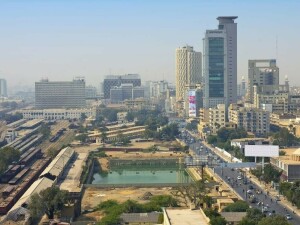


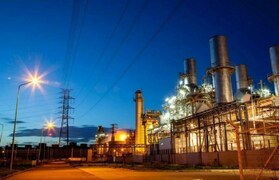






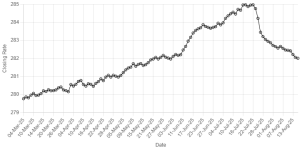


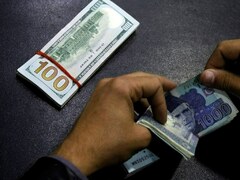


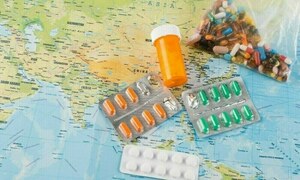

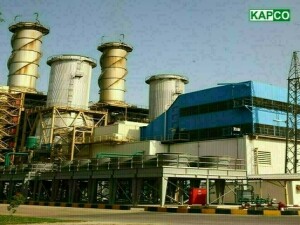

Comments
Comments are closed.